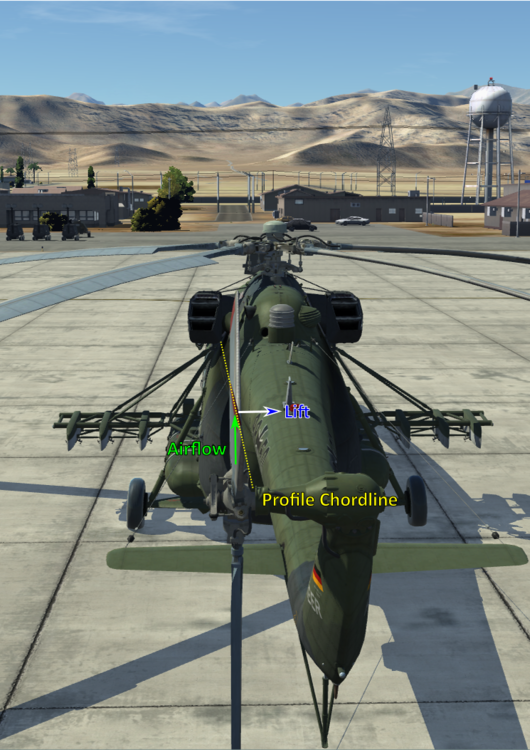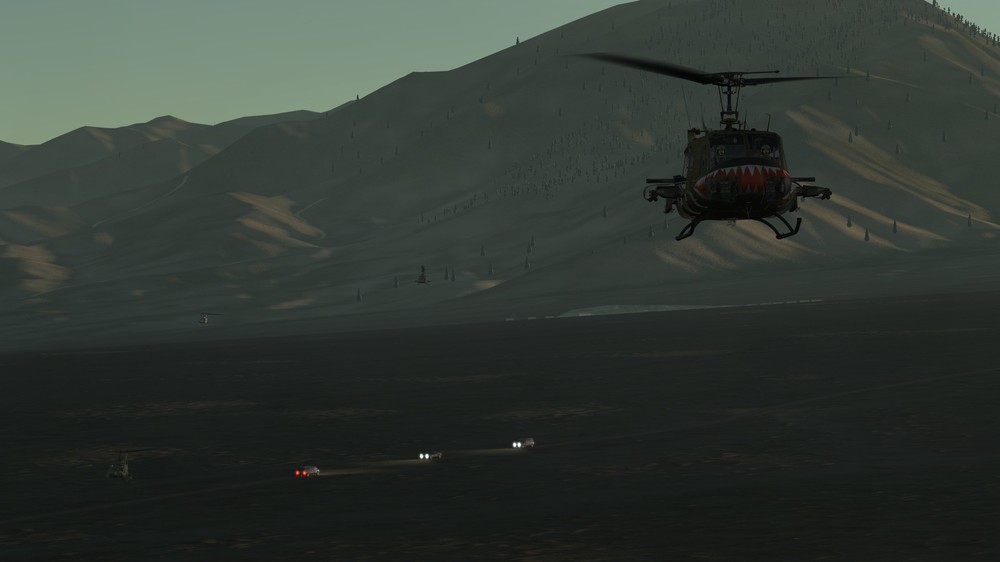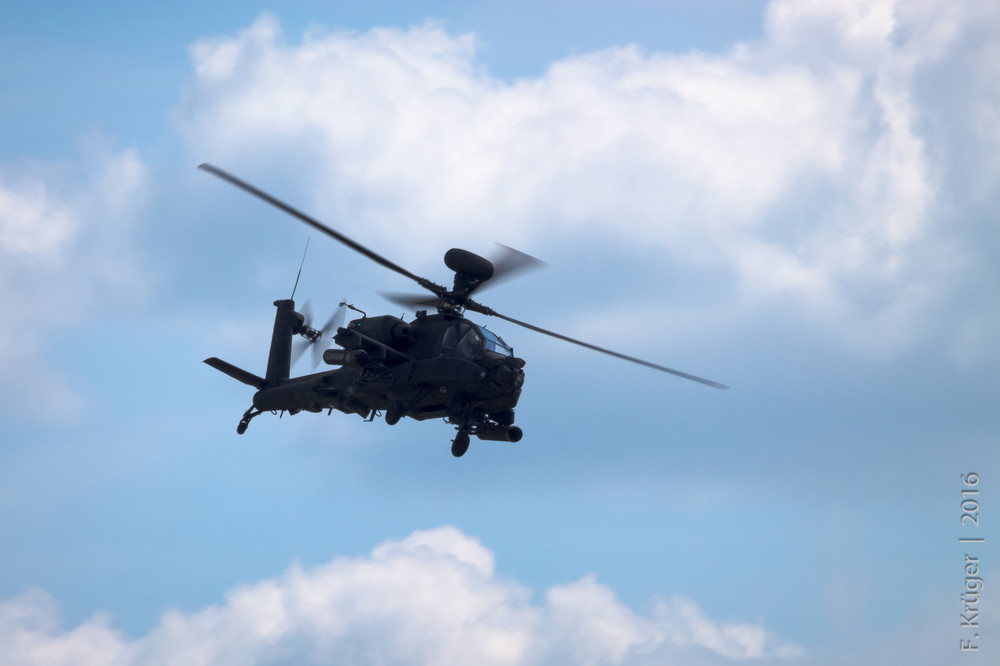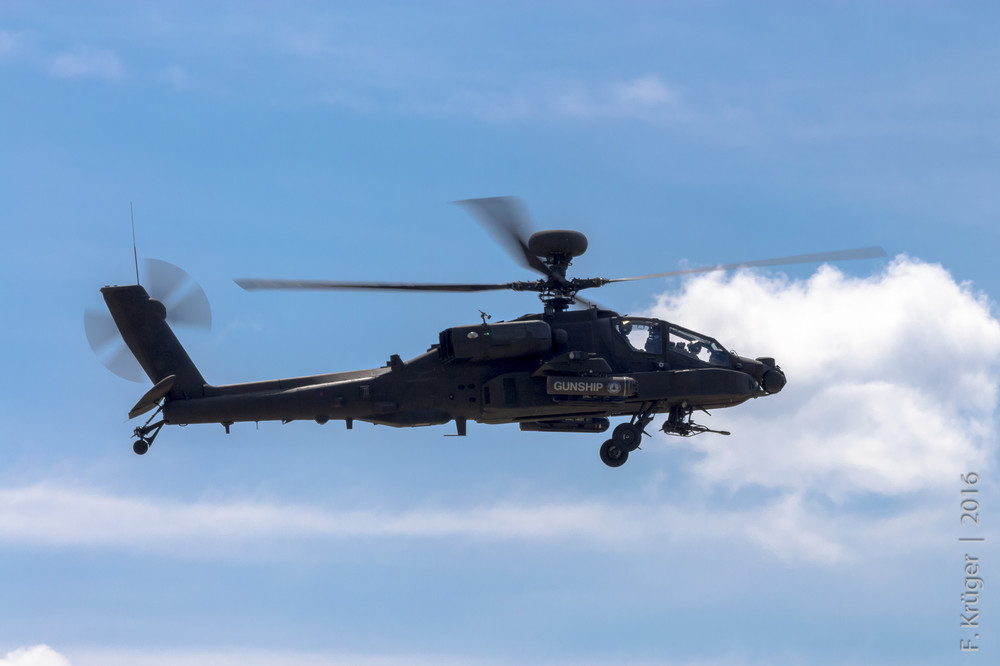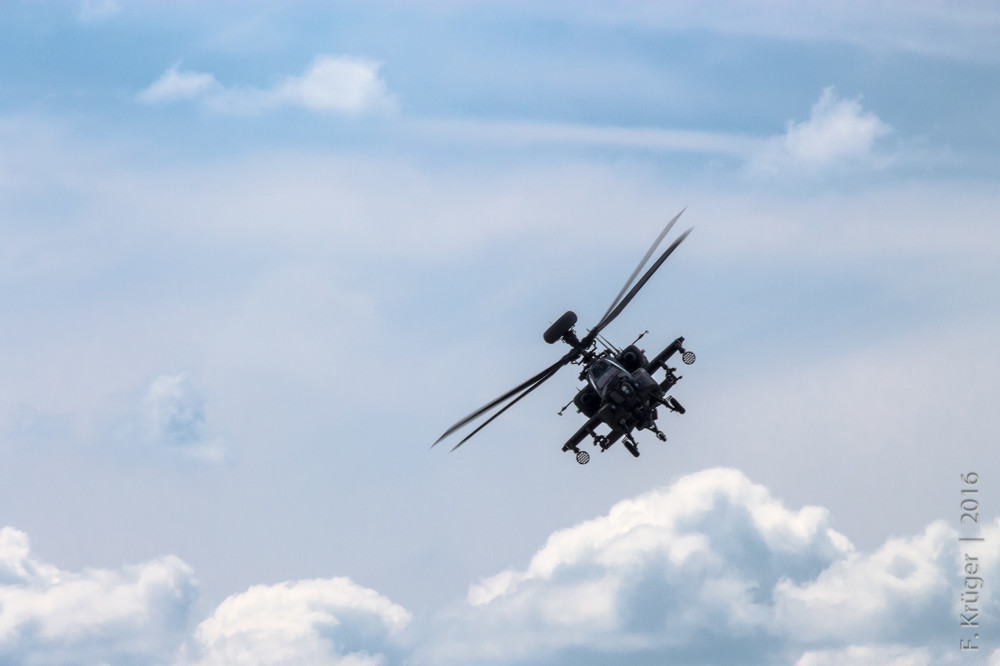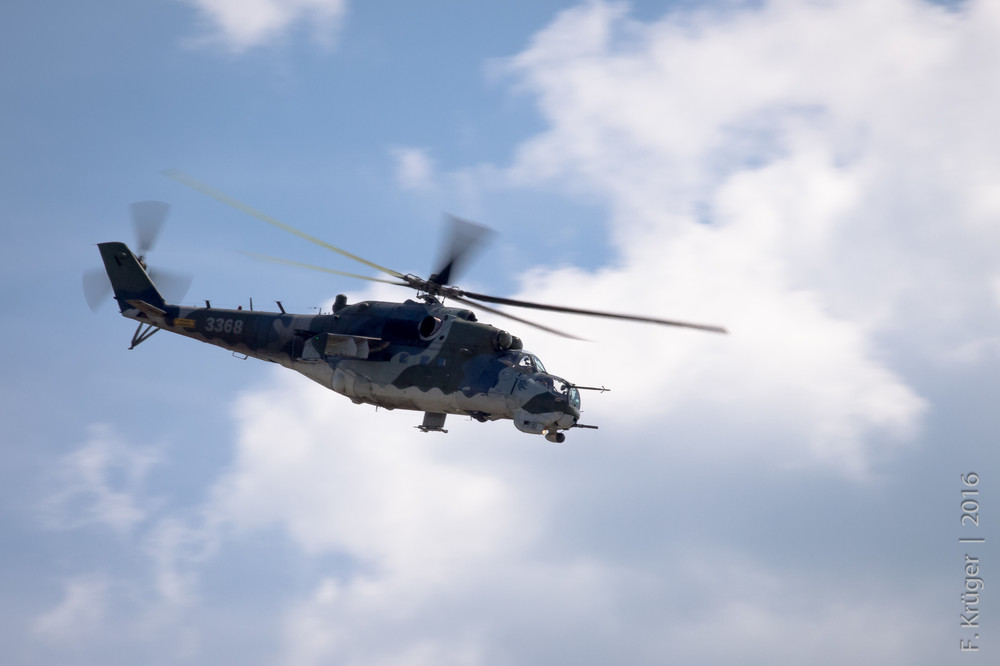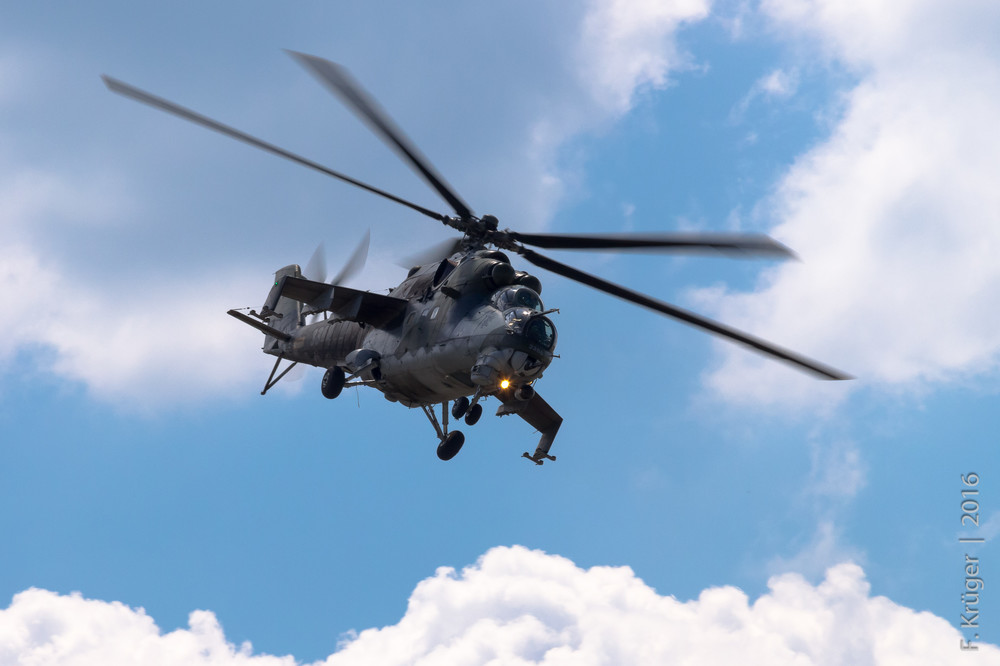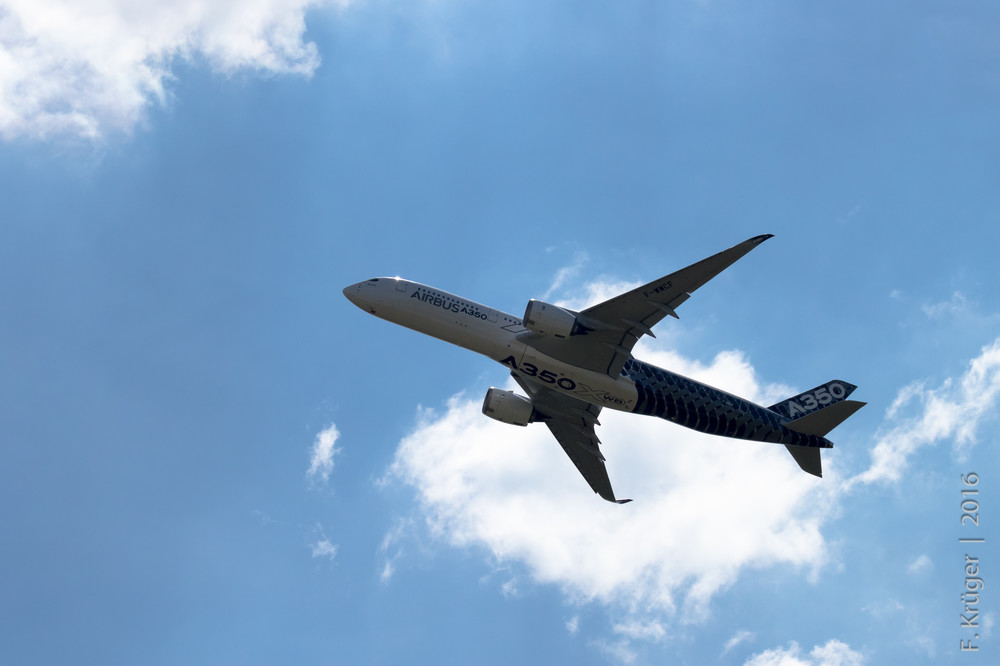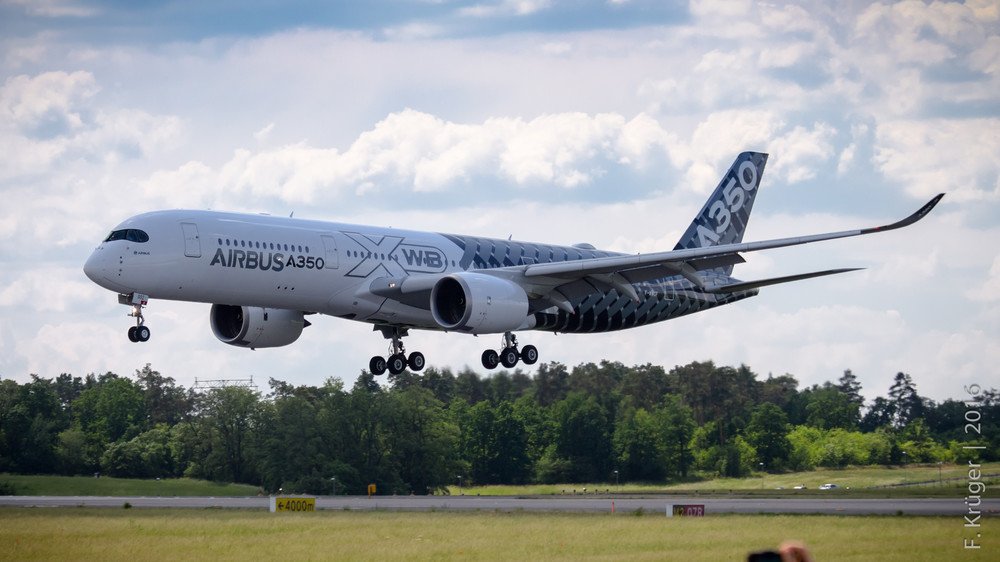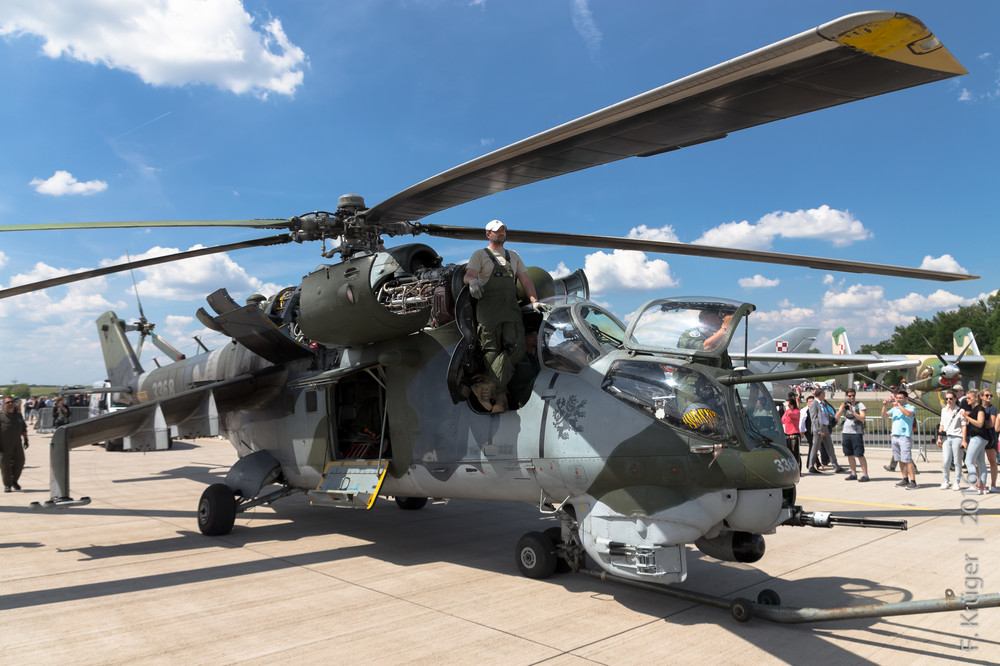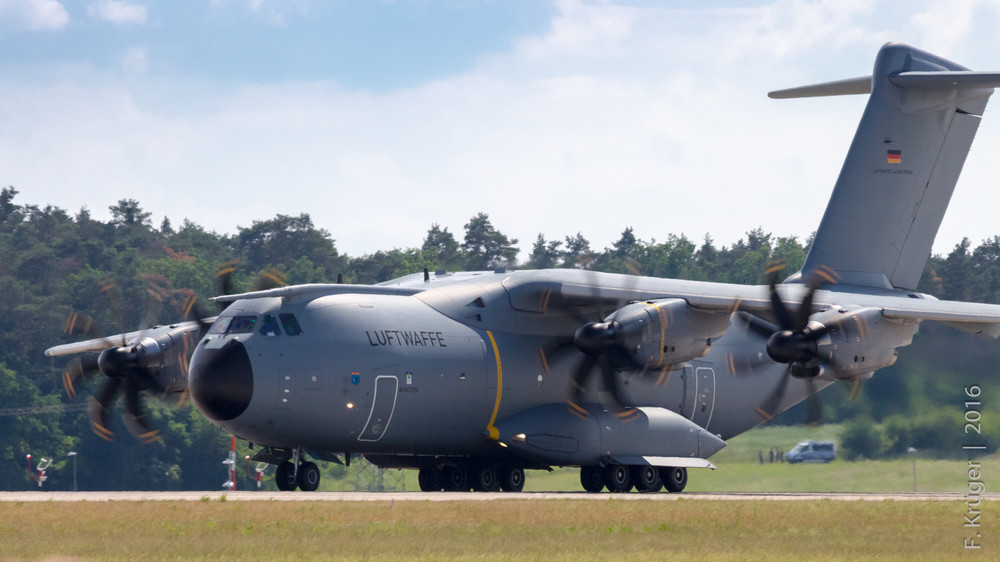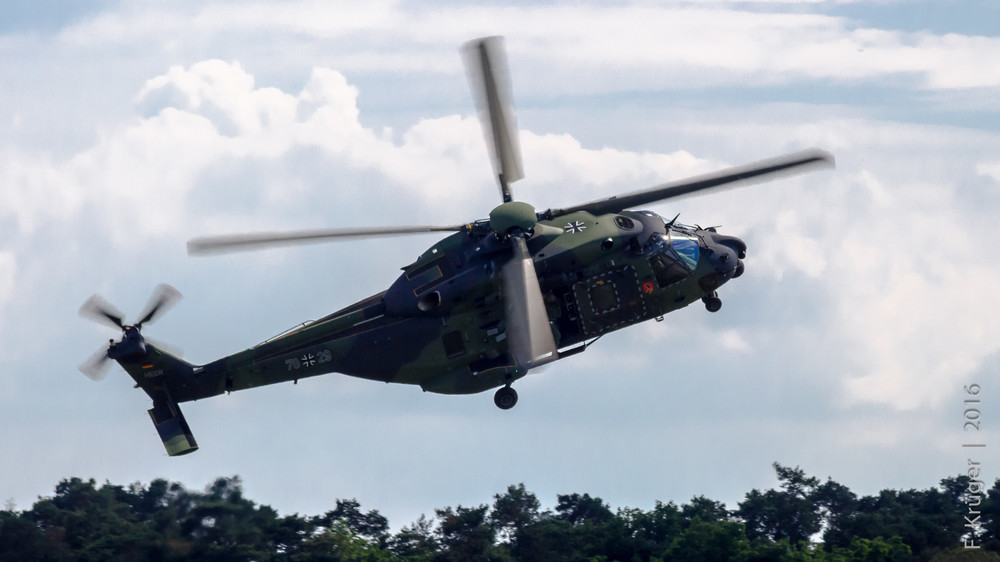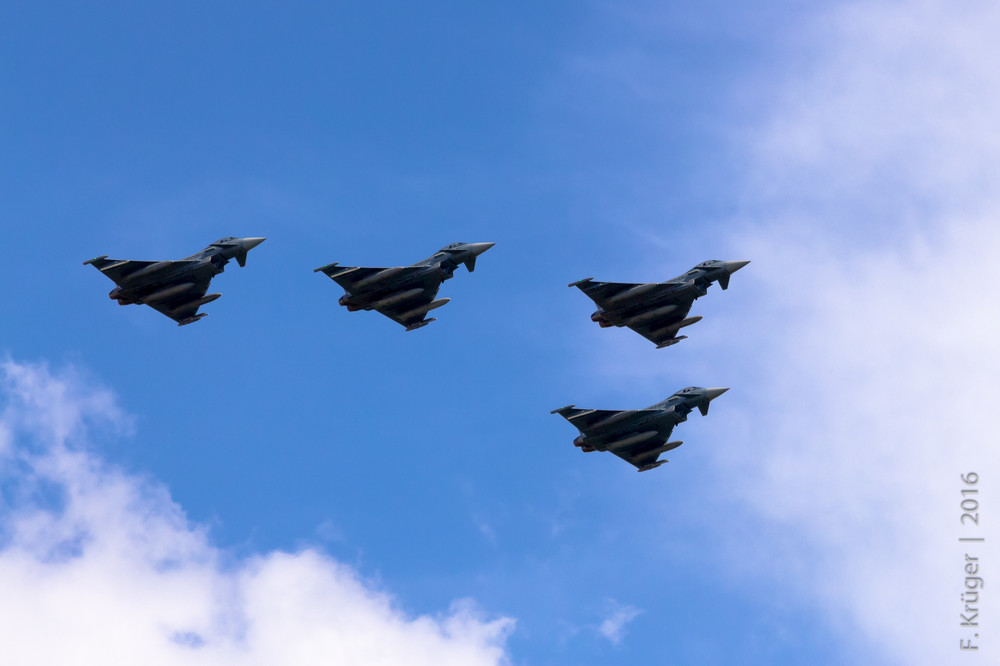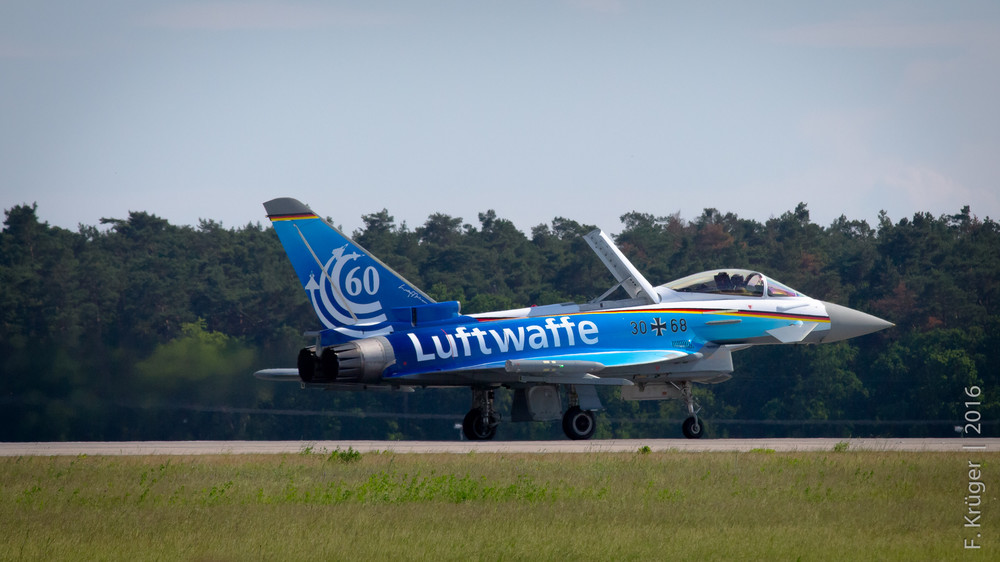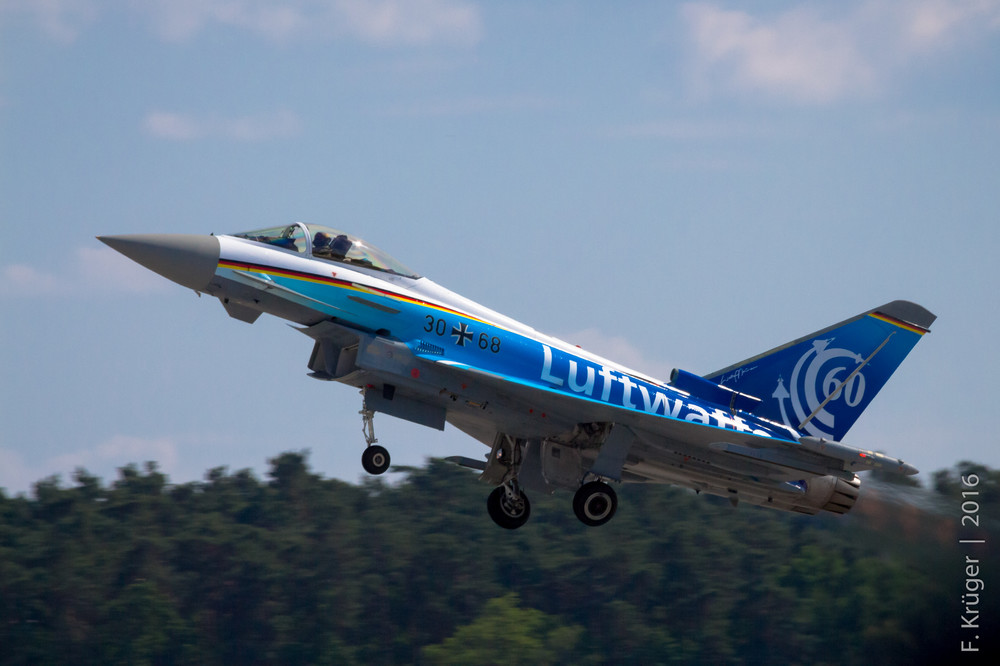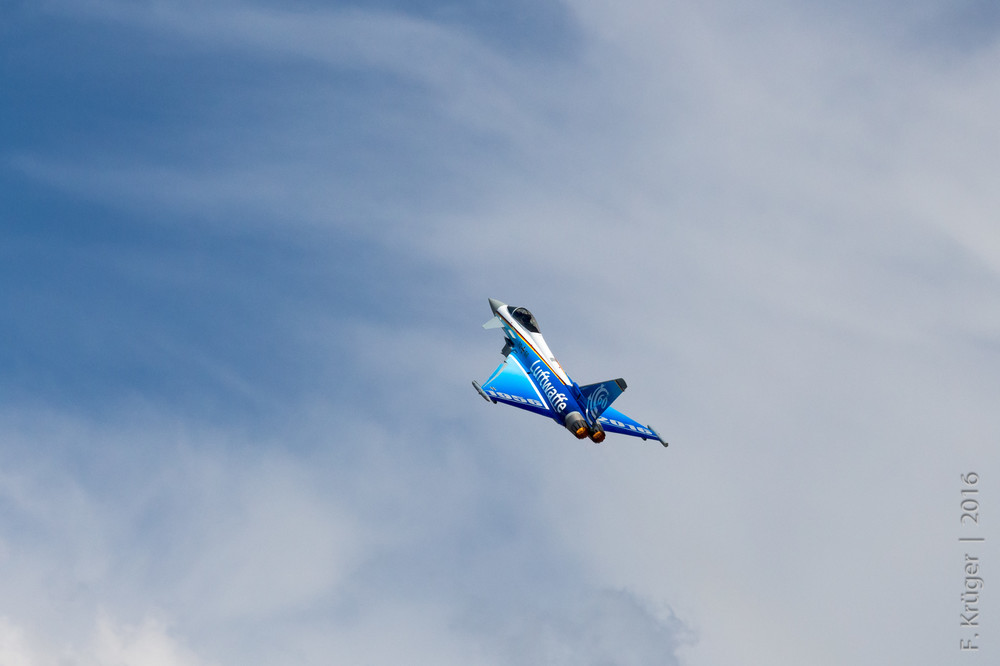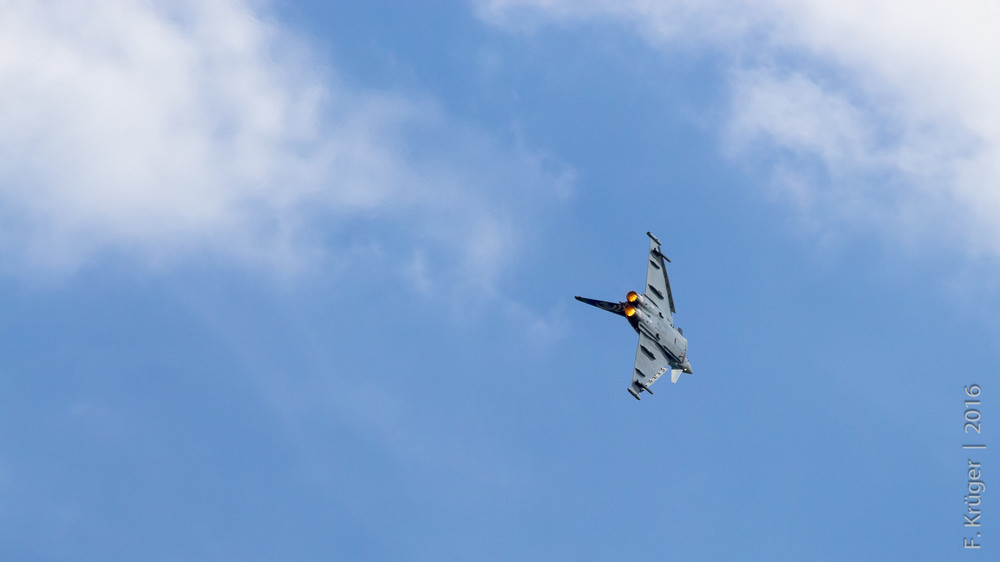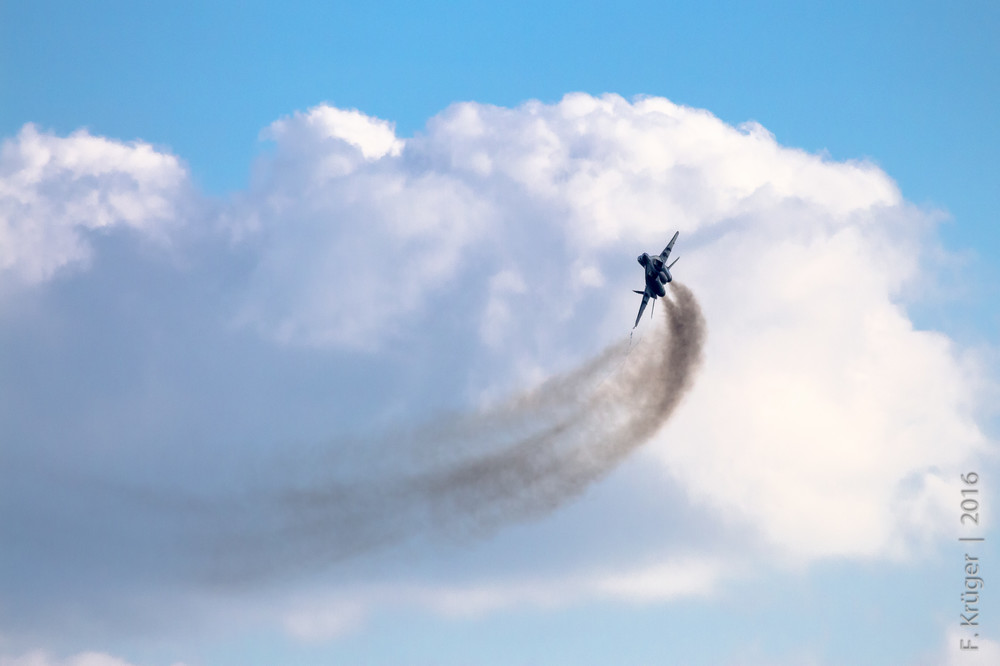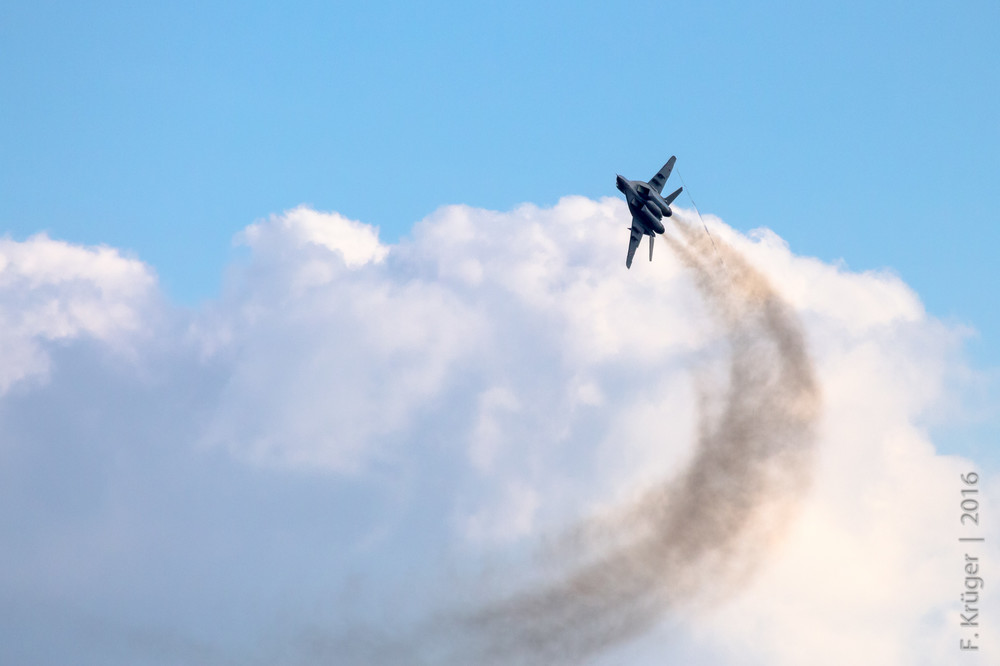-
Posts
103 -
Joined
-
Last visited
Content Type
Profiles
Forums
Events
Everything posted by Sid6dot7
-
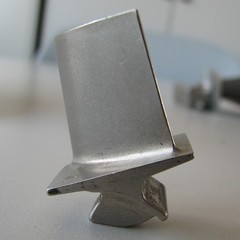
Mi-8 tail rotor blade angle reversed
Sid6dot7 replied to Airmage's topic in DCS: Mi-8MTV2 Magnificent Eight
Erm the green arrow is the clean airflow hitting the blade and get's redirected away from the tail boom due to blade interaction. Never said you were right nor wrong. -

Mi-8 tail rotor blade angle reversed
Sid6dot7 replied to Airmage's topic in DCS: Mi-8MTV2 Magnificent Eight
Yes, the blade moves down, so the airflow vector points upwards. -

Mi-8 tail rotor blade angle reversed
Sid6dot7 replied to Airmage's topic in DCS: Mi-8MTV2 Magnificent Eight
Does that help? Maybe the tail rotor animations aren't implemented yet, as they don't seem to change for left/right rudder. -

Mi-8 tail rotor blade angle reversed
Sid6dot7 replied to Airmage's topic in DCS: Mi-8MTV2 Magnificent Eight
The tail rotors upper part turns towards you (clockwise spin, when looking from the left), so it pushes in direction of the tail boom. -
-
Yes, with highly detailed ladybugs, bumblebees and hornets.
-
The ground effects "strength" is about the same. GEs occurrence depends on the rotor diameter and its results correspond to the helicopters mass. More mass means higher inertia and in this case, slower/delayed vertical velocity changes. The Mi-8 might have more mass, but thus also have a larger rotor diameter, so the ground effect kicks in earlier (at an higher altitude). The Gazelle is more lightweight => smaller rotor diameter => later/lower ground effect - but slows its descent rate way faster. Exactly.
-
German Tigers aren't equipped with the gun turret, that is what Fire meant. But regarding the "best attack helo": It's the one that fulfils it's intended and designed role the best, maybe a bit better.
-
-
Ich werd' die Tage auch mal ein paar Bilder posten, muß die Masse aber erstmal sichten und nacharbeiten. Leider dieses mal nur vom Publikumsfreitag. Eine kleine Auswahl vom Donnerstag der ILA 2014 gibt's hier: https://www.dropbox.com/sh/pb8frw7ps32bfiv/AACOSEYR0YhCRvlyW4OAeZzaa?dl=0 Und wer alles sehen will, kann sich hier erschlagen lassen: https://www.dropbox.com/sh/w192dmeb09617h7/AAA9njZ6zs0-rjxRMtdKndCCa?dl=0 :D
-
You can find a very concise description in the introduction/background part of this document: Methods of implementing NVIS compatible cockpit lighting.
-
It didn't because it was a result of soft- and hardware updates, which now prevent the proper dimming levels for the cockpit lightning until the issues are resolved.
-
17. Dec 2001 Enemy Engaged: RAH-66 Comanche versus KA-52 Hokum :joystick: Next order was not until november 2002 :huh:
-
Nope it doesn't. It's just for the engine. The Pitot heating (PITOT HTR) switch is located on the overhead console, near where you can set your position and anticollision lights. Maybe you just forgot that one.
-
Not any (referring to the disconnection of moving parts). The main rotor is still connected to the main gearbox/transmission as it drives the tail rotor and oil/hydraulic pumps in case of an engine failure. Freewheeling units are found between the engine(s) and the transmission system, as well as transmission and tail rotor. Everything else is a design choice and not mandatory.
-
That freewheeling unit disconnects the main rotor transmission and the free turbine shaft from each other in any case where the rotor rpm are much higher than the FT ones. It protects the main rotor hub transmission from damage and helps to keep the main rotor sustain it's rpm with minimum resistance. If the core engine doesn't drive the free turbine wheel (i.e. engine failure) it acts like a rotor brake and will unnecessarily reduce the main rotor rpm, nothing you want when autorotating. Every turbine driven helo has such an unit, especially multi-engine ones. Exceptions possible but unknown. :P And yes, the freewheeling unit is basically a centrifugal clutch with a typical aerospace design (much simpler and more fail safe). Search for Sprag Clutches.
-
The bleed air used for aircraft internal systems comes from stage 9 (customer bleed - usually continuous adjustment possible). The stage 3 and 5 bleed valves (handling/surge/overboard bleed - only open/close) are solely for stabilizing the engine in transient states, like accelerating from low rpm without surging. This air goes over board and isn't used otherwise. Modern engines take additional use of their variable stator vanes to fine tune the rpm to avoid this constant valve opening/closing and the mass flow fluctuations. Great image of a common type of those bleed valves from an AI-20. In the AI-25 they are slightly different as the video above shows.
-
That should do the trick, yes. Below 86-89% is the closing point for the 5th stage bleed valve. It's quiet possible that there are minor fluctuations in that range too.
-
According to the flight manual the LPC bleed air valve (A1-25TL engine, 3rd stage) closes at around 74-76%. Could be, that the bleed valve is constantly opening and closing. A throttle setting, that keeps you above or below that N1 should avoid the fluctuations. EDIT: Reading further in the manual, a power setting of 80-85% is suggested for taxiing. And from the engine limitations section: the use of N1 between 74-77 and 86-89% is only permitted for a short duration (because of BOV - Blow off valve).
-
When we have a better ATC, I could imagine a advisory note to you about a heightened strike probability and that actions are taken to get the flock away from the airport, so you can delay your takeoff/abort approach. Visually representing this probability through flocks and single birds would certainly be difficult (especially swarm AI, network sync). But as said, in most cases the birds aren't seen anyway.
-
That luxury you don't even have in reality. If you see a bird near your nose it's too late, you either missed it or one of your engines digestet one. ;) The sliders standard setting seems to be at a reasonable level. Would be interesting to know the used probability at 100. Real life values are around 5-10 damaged engines per 10.000 flights, in around 87% of the noticed bird strike cases nothing even happens to the engine.
-
In previous versions the digits had a slight glow to it, that seems missing. Or it's just a higher resolution texture and the single dots of the digits became smaller. Anyhow, I agree that they are harder to read now.
-

DCS 1.5 Huey overhead windows too tinted
Sid6dot7 replied to StandingCow's topic in Bugs and Problems
Yep they are and the slightly green tint is also missing. Here's another screenshot from 1.5 for reference to compare it to your first (1.2) image. -
And he's right. :) Cutting the throttle back to idle when in a rotating stall in that flight regime and power setting could lead to a compressor surge, which will most likely lead to severe damage to the engine. Due to gas flow oscillations (that's the shaking and popping) the (especially larger) blades are highly stressed. In the worst case the pressure in the compresser breaks down completely (deep surge), the gas flow reverses for a moment, hot gas/flames from the combuster shoots through the compressors stages and just burns them to death or break them because of the sudden change in force direction. Going back to MIL will reduce the pressure in the system but sustains it, dampens the oscillations and so breaks the stall cycle. I once attented a rig test for an industrial gas turbine compressor. At the end of all important tests they decided to test its surge stability, it never came to a surge but the vibrations of the rotating stalls shook the whole building. :eek: But yeah, simulating things like that would be :thumbsup:. Or at least implementing such well known instabilities.
-
The UH-1H/V Flight Manual (TM 55-1520-210-10) actually says: later in the checklist


